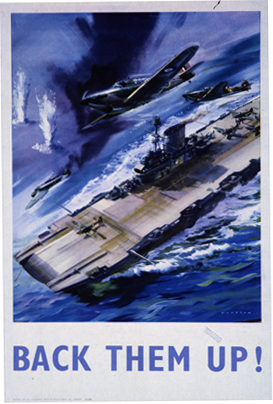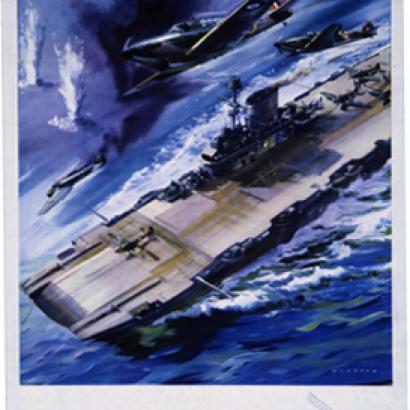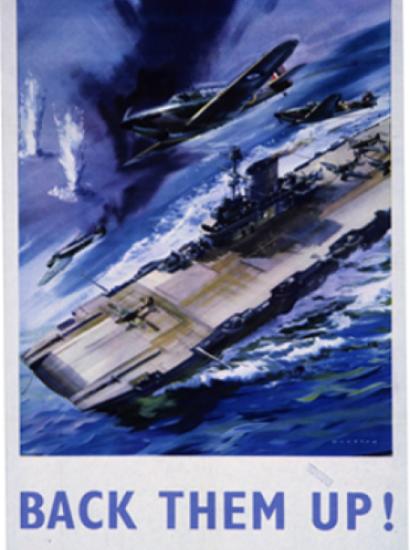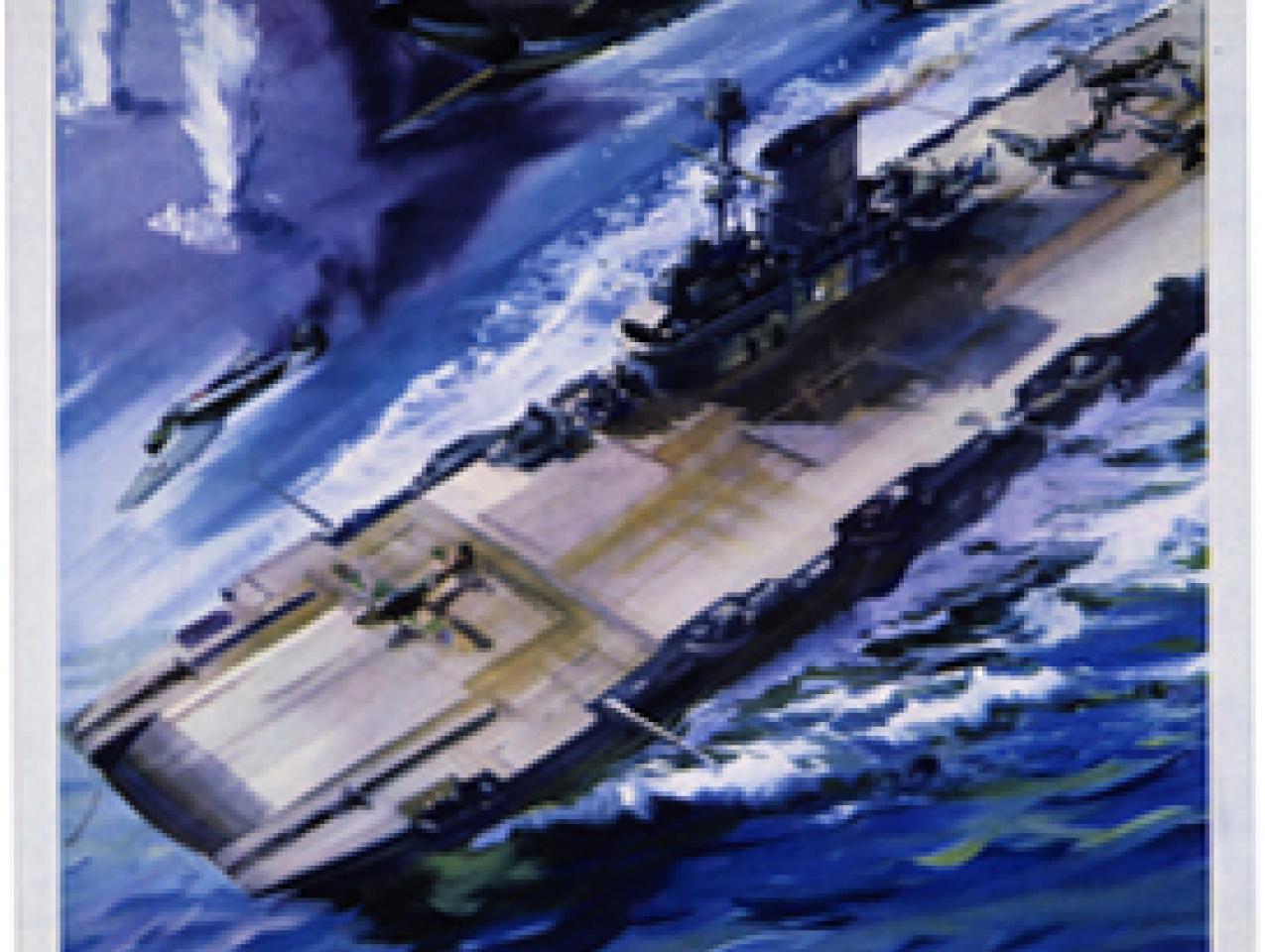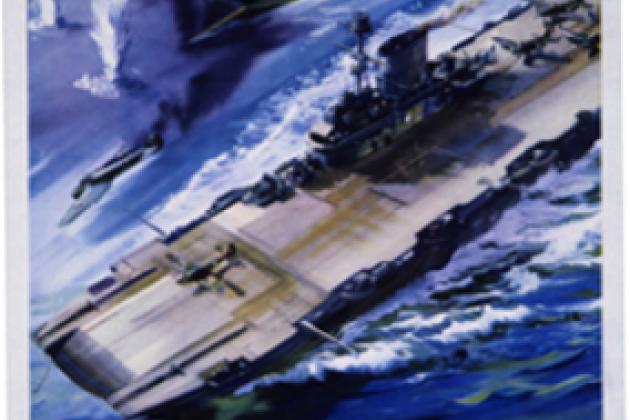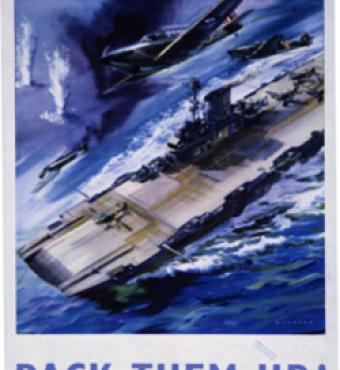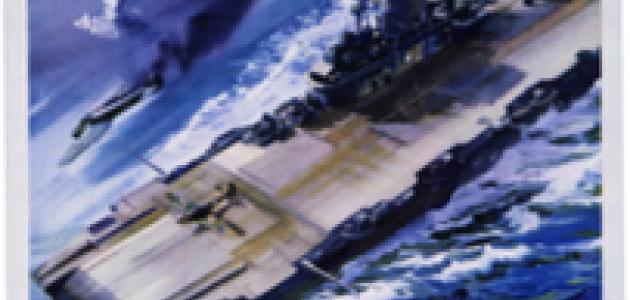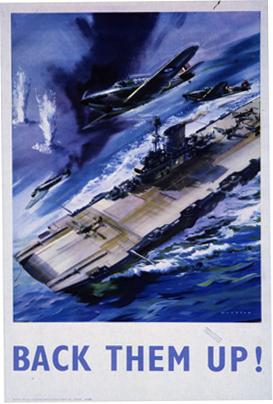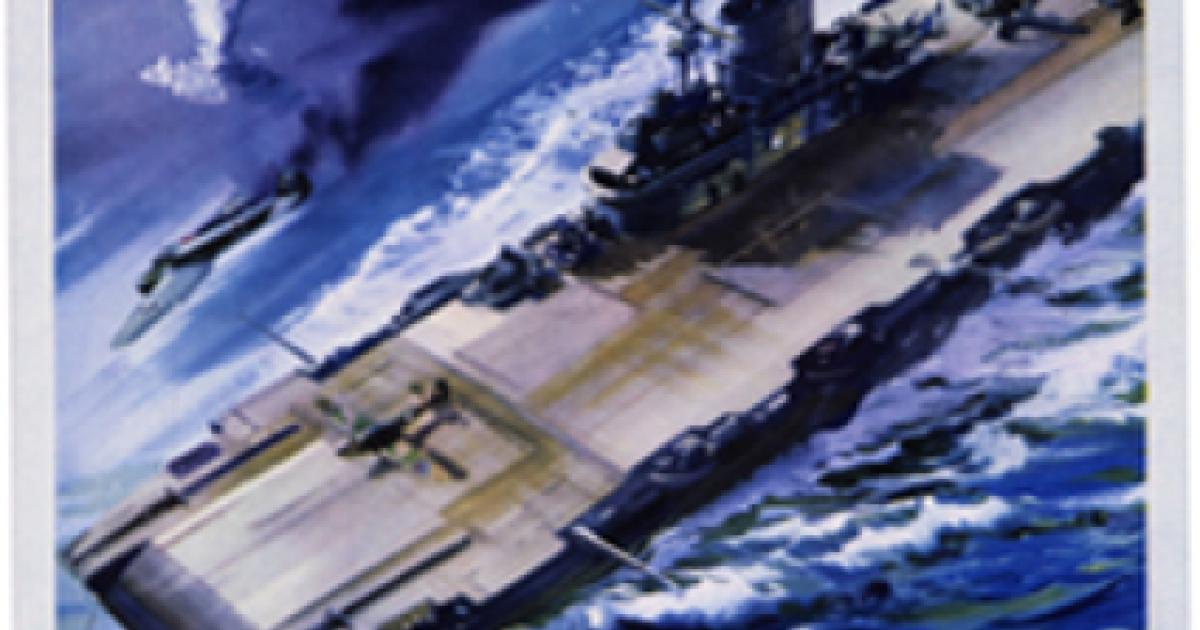Only those who are ignorant of military history and strategy can argue that the changes in technology and the international environment have marginalized conventional capabilities. What those pundits have missed is that only the possession of such conventional forces have allowed the American military to do two essential things: a) project military power from North America to places like Afghanistan and Iraq; and b) provide the shield under which its ground forces, once they had gotten their act together, could conduct effective counterinsurgency operations.
In the Gulf War of 1990-1991, the combination of stealth, precision, and domination of the electronic spectrum allowed Coalition forces to savage Iraq’s ground forces deployed throughout the Kuwaiti theater of operations. Without the massive logistical buildup, enabled by America’s conventional forces, there would have been no war in the Gulf. Moreover, without the ground campaign’s hundred hours that wiped out the Iraqi army, Saddam would have been able to step away from the disaster and proclaim to a susceptible Arab world that he had stood up to America’s military power. The same holds true of the second Iraq War of 2003. It is all very well to talk about technological superiority, but boots on the ground matter. And only the projection of conventional capabilities can allow the necessary ground presence either to achieve immediate political aims or to conduct counterinsurgency operations.
Finally, America’s ability to project military power from its island base in North America rests on its ability to dominate the world’s oceans. Only conventional air and naval power, exemplified by carrier battle groups can achieve that aim. Cyber warfare, drones, and submarines may serve for the denial of the use of sea and air space, but they cannot replace the conventional capabilities that are basic to the projection of military power as well as the ability to occupy and hold ground, which after all is the only reason to fight wars.







